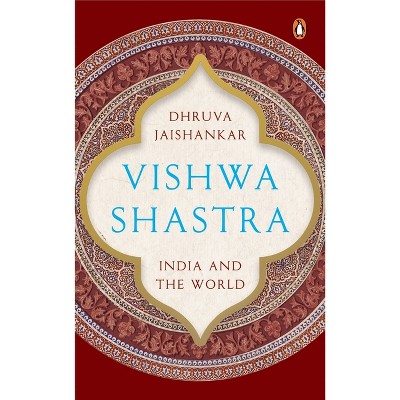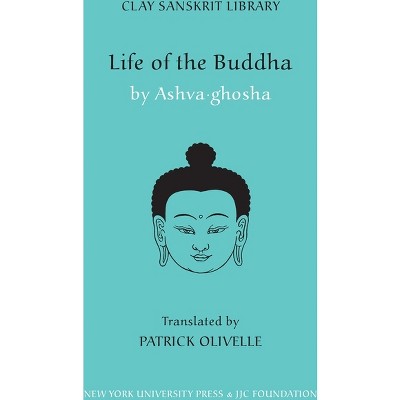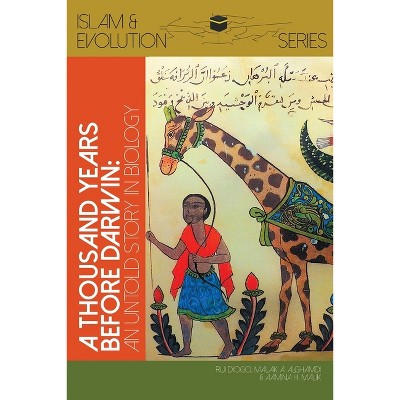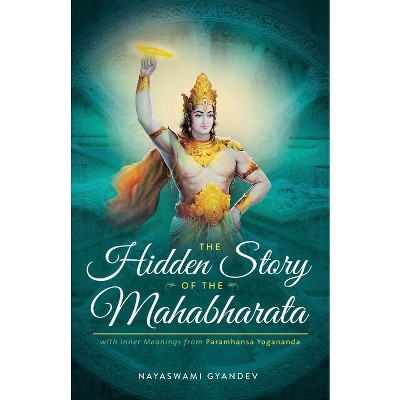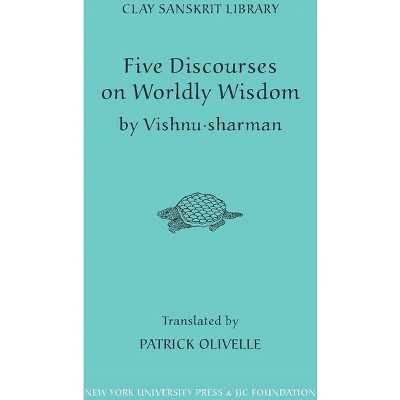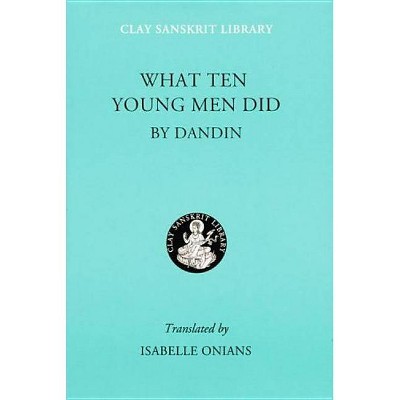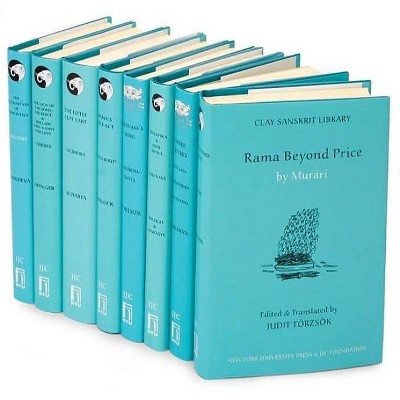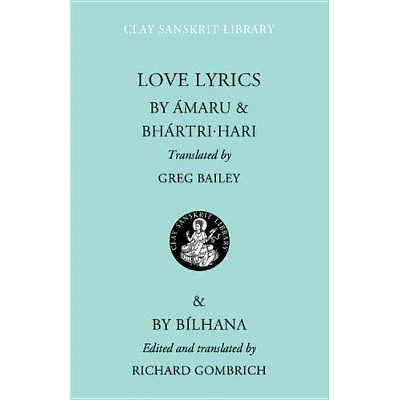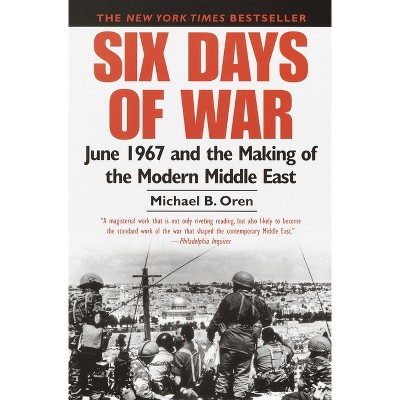Sponsored

Maha-bharata Book Six Volume 2 - (Clay Sanskrit Library) (Hardcover)
In Stock
Sponsored
About this item
Highlights
- This second half of Bhishma describes the events from the beginning of the fifth day till the end of the tenth of the great battle between the Káuravas and the Pándavas.
- 582 Pages
- History, Military
- Series Name: Clay Sanskrit Library
Description
Book Synopsis
This second half of Bhishma describes the events from the beginning of the fifth day till the end of the tenth of the great battle between the Káuravas and the Pándavas. Despite grandfather Bhishma's appeal to conclude peace with the Pándavas, Duryódhana continues the bloody battle. The key strategist is general Bhishma, commander of the Káurava forces. Even though he is compelled to fight on the side of the Káuravas, Bhishma's sympathies are with the Pándavas. After the ninth day of war, when Bhishma has wreaked havoc with their troops, the Pándavas realise that they will be unable to win as long as invincible Bhishma is alive. Bhishma willingly reveals to them how he can be destroyed. Strictly observing the warrior code, he will never fight with Shikhándin, because he was originally born a woman. Bhishma advises the Pándava brothers that Árjuna should strike him from behind Shikhándin's back, and they follow the grandfather's advice.
Review Quotes
"An extraordinary synthesis of social and military history which throws new light on the story of the air combat in Korea." -Ronald H. Spector, author of "After Tet: The Bloodiest Year in Vietnam"
"Sherwood paints a vivid and realistic portrait of the culture of Korean War pilots, examining the motivations, their methods, and the effect that being a fighter pilot had on their personal lives." -"Air Force",
"Sherwood provides a definitve account of Air Force pilots, their training, operations and battles, in the Korean War." -"Virginia Pilot",
"Sherwood thoroughly documents the superb performance of air force fighter pilots during the Korean War. They met the best pilots China and the Soviet Union had to offer--and won. In doing so, the author has competently mined the extensive documentary resources of the Air Force History and Museums Program and made constructive use of memoirs and interviews." -"Journal of American History",
Shipping details
Return details
Frequently bought together


